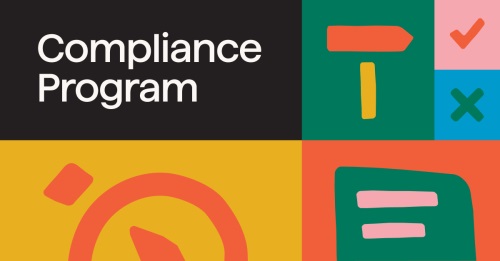Conduct Risk in Insurance: Strategies for Mitigation

Conduct risk refers to the potential harm that may arise from the actions of an organization, impacting its customers, stakeholders, and the market as a whole. In the realm of insurance, where relationships and reputation are paramount, mitigating conduct risk is not just a regulatory requirement but a strategic imperative. This article explores the nuances of conduct risk in insurance and outlines proactive strategies for effective mitigation.
Conduct risk in insurance can manifest in various forms, including mis-selling of policies, inadequate disclosure of terms and conditions, unfair claims handling, and discriminatory pricing practices. These risks not only harm policyholders but also erode trust in the industry and can lead to reputational damage. Insurance regulators worldwide have recognized the significance of conduct risk and have implemented frameworks to hold insurers accountable for their actions.
Strategies for Mitigating Conduct Risk:
1. Robust Governance and Oversight:
Establishing a strong governance framework is the foundation for mitigating conduct risk. Insurance companies should implement clear lines of responsibility and accountability, ensuring that key decision-makers are aware of their roles in preventing and addressing conduct risk. Regular reviews and oversight mechanisms can identify potential issues early on, allowing for timely intervention.
2. Customer-Centric Culture:
Fostering a customer-centric culture is crucial in the insurance industry. Companies should prioritize fair treatment of policyholders, emphasizing transparent communication and ethical business practices. Training programs for employees can instill the importance of customer satisfaction and ethical conduct, aligning the workforce with the company's commitment to fair dealings.
3. Enhanced Product Governance:
Conduct risk often arises from poorly designed or misunderstood insurance products. Insurers should implement robust product governance frameworks, ensuring that products are aligned with customer needs and expectations. Thorough testing and reviews should precede product launches, and regular evaluations should be conducted to address any emerging conduct risk concerns.
4. Effective Communication and Transparency:
Transparent communication is key to mitigating conduct risk. Insurers should provide clear and comprehensible information to policyholders about policy terms, coverage, and claims processes. Avoiding jargon and legalese can enhance customer understanding and reduce the likelihood of disputes.
5. Comprehensive Employee Training:
Well-trained employees are a frontline defense against conduct risk. Insurance companies should invest in comprehensive training programs that cover ethical behavior, regulatory compliance, and the importance of fair treatment. Regular updates and refresher courses can keep employees informed about evolving regulations and best practices.
6. Data Analytics for Early Detection:
Leveraging advanced analytics and technology can help insurers detect patterns indicative of potential conduct risk. Monitoring customer interactions, claims data, and sales practices through data analytics can provide early warnings, allowing companies to address issues before they escalate.
7. Collaboration with Regulators:
Proactive engagement with regulators is crucial for staying abreast of regulatory changes and expectations. Insurers should foster open communication with regulatory bodies, seeking guidance when needed and actively participating in industry discussions on conduct risk management.
8. Continuous Monitoring and Adaptation:
Conduct risk is not static; it evolves with changes in the business environment and regulatory landscape. Insurers must continuously monitor their operations, assess emerging risks, and adapt their strategies accordingly. Regular reviews and assessments can help identify areas for improvement and ensure that mitigation strategies remain effective.




